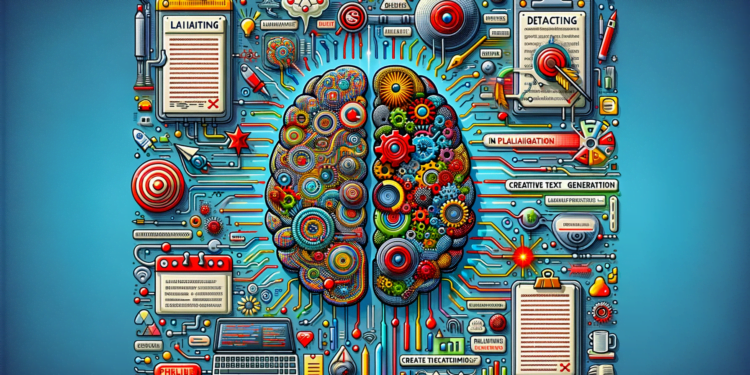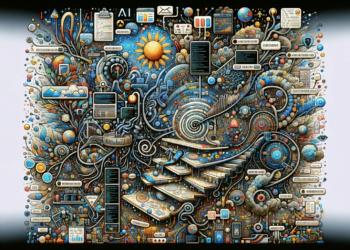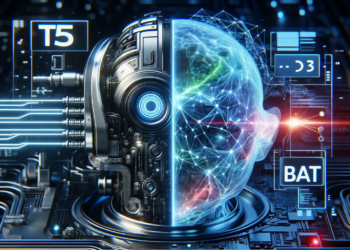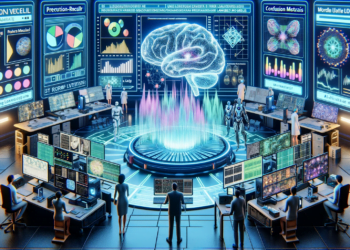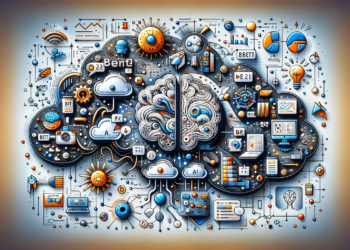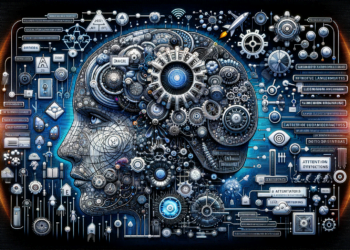Artificial Intelligence (AI) is undergoing a radical transformation, shaped by advances in machine learning and natural language processing (NLP) models. At the forefront are language models, capable of both detecting plagiarism and generating creative text, two sides of a complex and fascinating technological coin. In this article, we dive into the depths of the latest developments in language models, their implementation in plagiarism detection, and their ability to create original creative content.
Transformative Language Models
Language models based on transformers, such as BERT, GPT-3, and their successors, currently represent the pinnacle in NLP techniques. Their structure is built on attention mechanisms that allow the model to weigh the importance of each word within a broad context, resulting in a finer understanding of the language. Autoregressive models like GPT-3 generate text by predicting the next word in a sequence, while models like BERT guess missing words in a sequence, making them relevant for analysis and comprehension tasks.
Advanced Plagiarism Detection
Plagiarism detection is a crucial application in the academic and literary fields. Traditionally, tools relied on the detection of superficial textual similarities. However, modern AI models can understand complex semantics and paraphrasing, greatly increasing their effectiveness.
Semantic Analysis Techniques
By including deep semantic analysis in plagiarism detection, modern AI models can identify non-verbatim plagiarism, that is, plagiarism that has been slightly modified to avoid detection. This is made possible by language models’ ability to understand context and relationships between concepts, beyond exact word matches.
Creative Text Generation
Conversely, the same sophistication enables creative text generation. Text generation has evolved from simple Markov models to complex architectures that can write poetry, scripts, and even generate coherent and surprising narratives.
AI-Assisted Creativity
Creativity, traditionally a human bastion, is being redefined with AI contribution in the creative process. Language models can produce initial drafts, suggest narrative twists, or enrich the lexicon of a text. Moreover, they can adapt to specific writing styles, emulating particular authors or genres.
Emerging Practical Applications
Fighting Academic Plagiarism
Language models as plagiarism detection tools are becoming standard in academic institutions. They allow for a more rigorous scrutiny of submitted work, identifying not only direct plagiarism but also more sophisticated and undetectable forms for human eyes or more rudimentary tools.
Case Study: Deployment in Universities
The use of AI models in universities has proven effective. A study at University X revealed a 40% decrease in plagiarism incidents following the implementation of an AI-based system. The tool analyzed thousands of papers, looking not only for textual similarity but also for writing patterns and logical construction.
Promoting Literary Originality
Authors are using AI generation tools to overcome creative blocks and develop initial ideas into complex and nuanced works. These systems do not replace the author’s voice but amplify it.
Case Study: Authors and AI
In a recent project, writers collaborated with GPT-3 to produce a novel. The AI provided plot suggestions that the authors wove into the narrative, resulting in a work that combined human fluidity with algorithmic inventiveness.
Challenges and Future Directions
Ethics in AI-Assisted Authorship
The debate on the ethics of ‘co-authorship’ with AI is gaining traction. Does genuine authorship become diluted when a machine proposes a large part of the content? It is crucial to delineate where inspiration ends and co-creation begins.
Innovations in Language Models
The next generation of language models promises to be even more astonishing. Researchers are exploring ways to incorporate real-world knowledge and advanced reasoning capabilities into models, which could lead to an almost human understanding of language.
Conclusion
Language models in AI are redefining the boundaries of plagiarism and content creation. With advanced plagiarism detection, academic and literary integrity is protected. Meanwhile, AI-assisted creative text generation opens new avenues for creative expression. As technology advances, ethical and technical questions arise that promise to sculpt the future of writing assisted by artificial intelligence.

